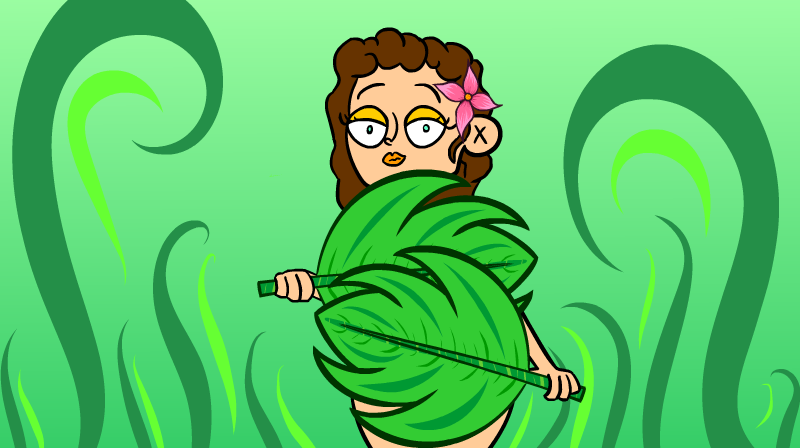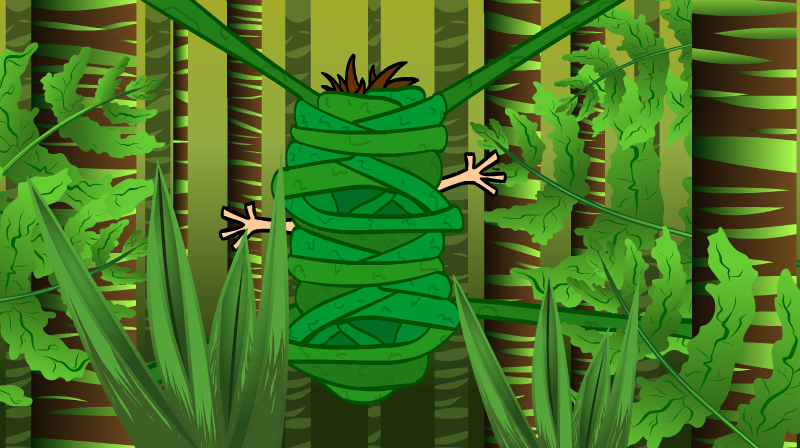
It isn't as bad as you think. Or maybe it is.
Another week has passed and we're back with the climate updates! This is "Let's balance out" and you'll read one good news and one bad news about the climate crisis. Shall we begin?
So what do you want first? The good news or the bad news?
Another week has passed and we're back with the climate updates! This is "Let's balance out" and you'll read one good news and one bad news about the climate crisis. Shall we begin?
So what do you want first? The good news or the bad news?

BAD NEWS
With the Texas snowstorm two weeks ago we talked about the extreme consequences climate change can have on our planet.
Now it looks like those extreme conditions could be experiences at the tropical regions, where the rising heat and humidity could make it very difficult for people to still live there.
In fact, our ability to change our body heat depends on the temperature and humidity of our surroundings. If it's too humid our skin can't evaporate sweat, which is necessary to cool off. And high body temperatures are very lethal (just think about how many times in summer we are reminded to stay in cool places and drink a lot of water).
The increase of the temperature of the world will have to be limited to 1.5C if we want tropical regions to not exceed 35C, which is the wet-bulb temperature that guarantees a standard skin temperature, which makes sure we can still cool off.

GOOD NEWS
When we buy stuff we now have to be careful to greenwashing. It's basically when companies etc lie or exaggerate their actual sustainability efforts in their products to make customers believe they care for the planet.
This happens mainly in fashion, and the fashion industry is one of the more polluting. Nevertheless, fashion lovers are becoming more and more aware of the climate impact their interest has, and between 2016 and 2019 the searches for sustainable fashion brands tripled.
So what can we do to avoid buying something that has actually been greenwashed?
1. Pay attention to the language: there is still no legal term to define what we call ethical, or sustainable or green but look for transparency in the website and search for something that backs up the claim of a particular product being actually sustainable
2. Check how many items of the production are actually branded as sustainable: if they are few compared to their whole offer, than there's a chance the company is fooling you and not actually committing entirely to sustainable practices
For more tips, check out this video from the BBC!
Illustrations by Gabriela